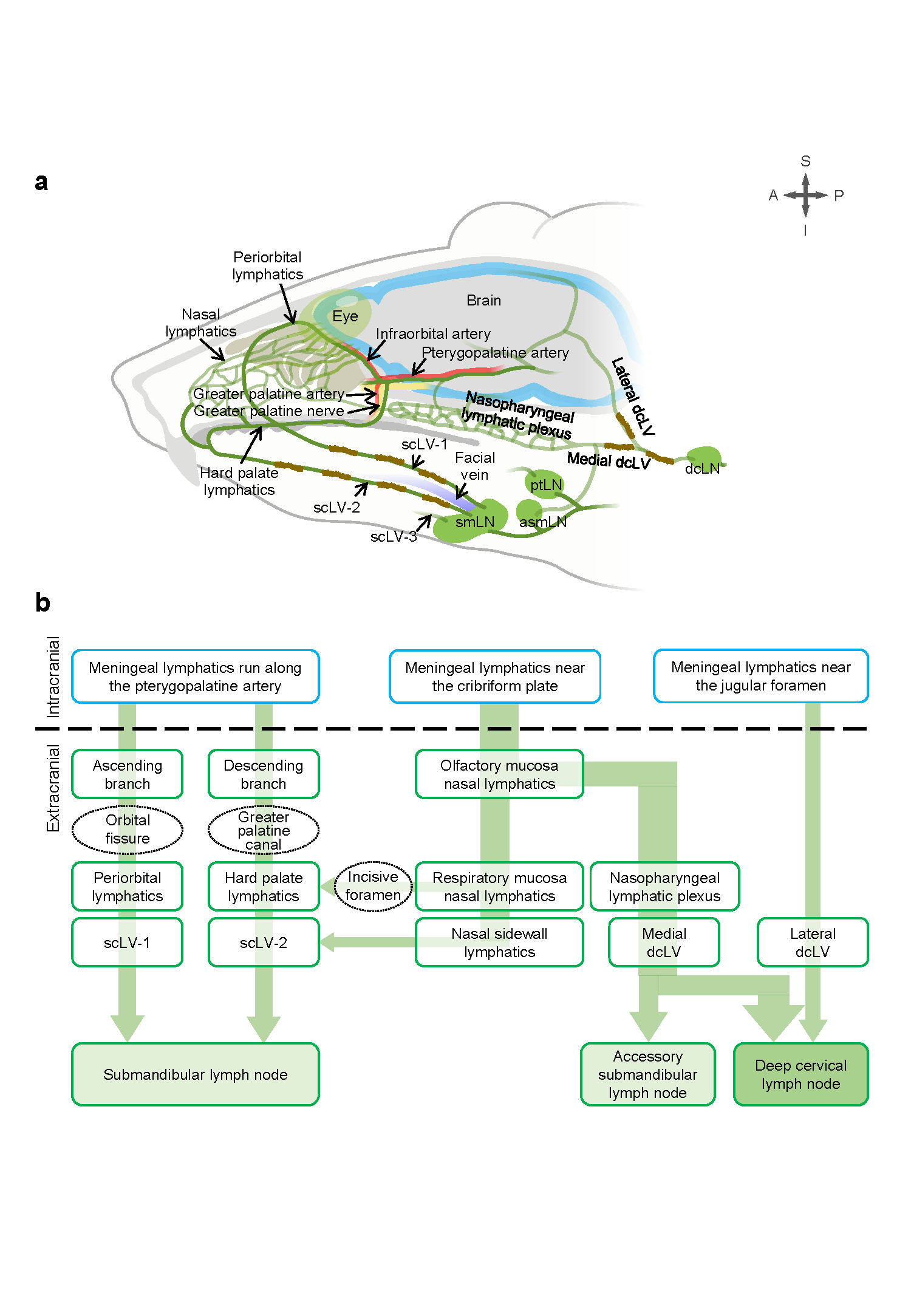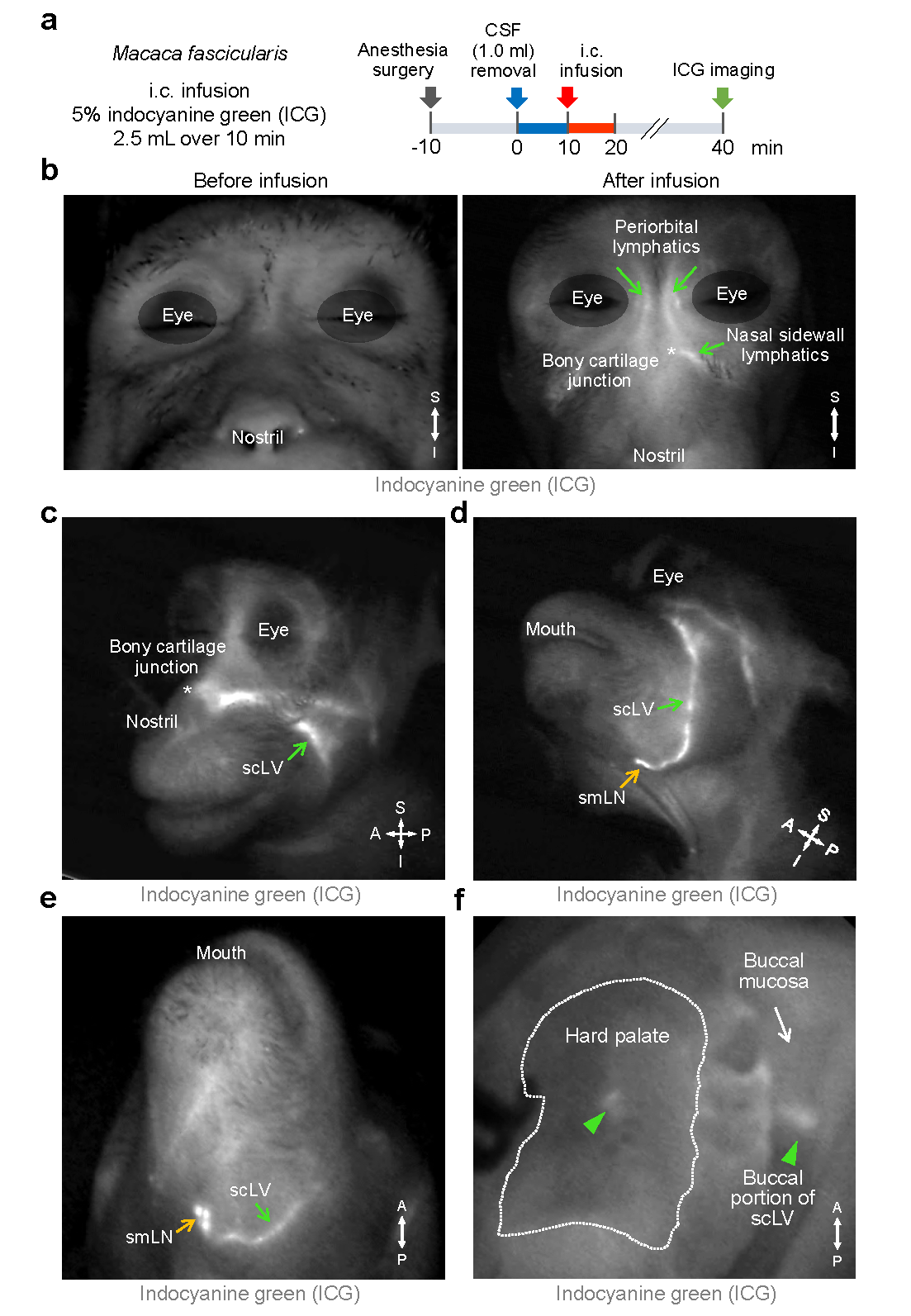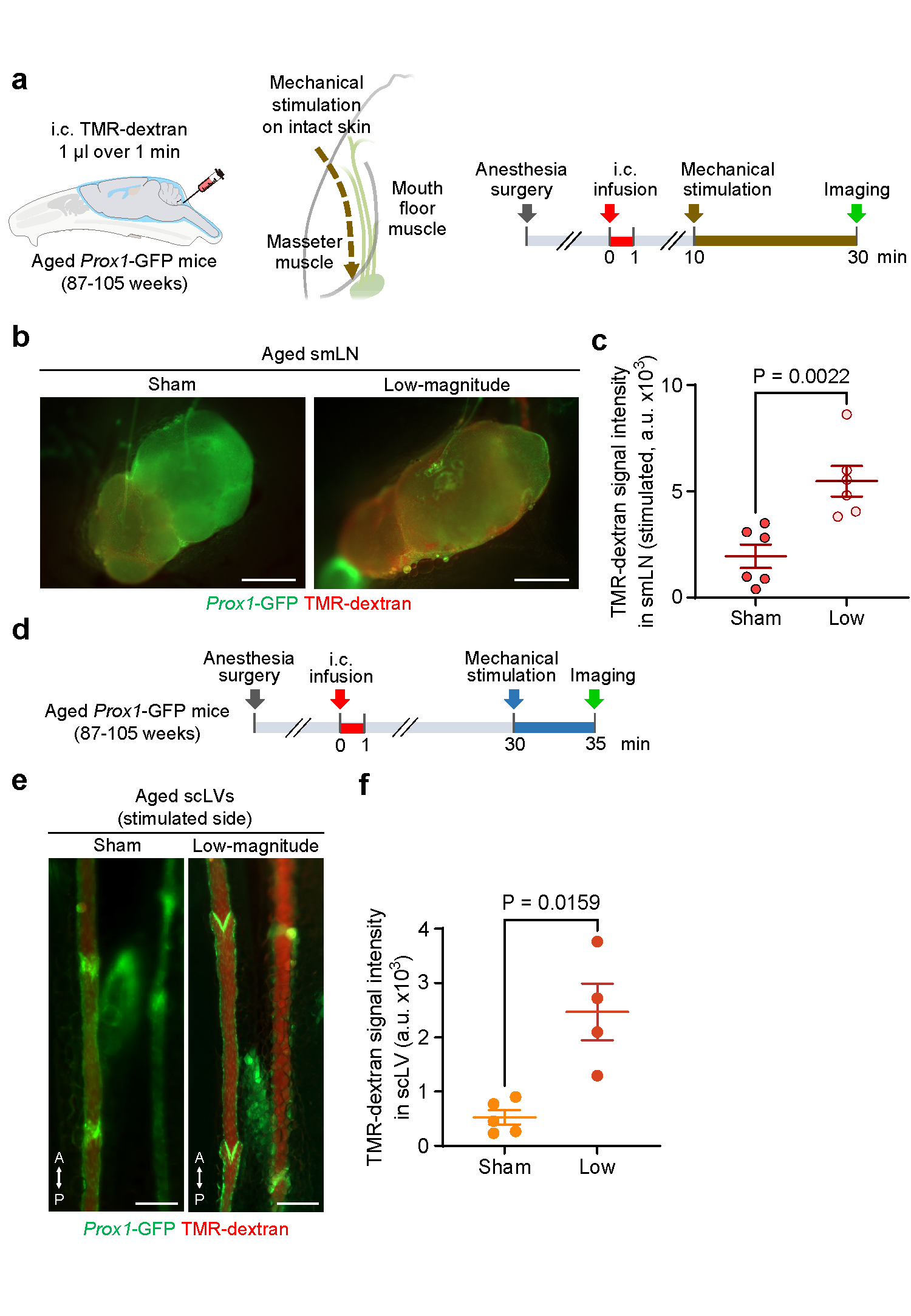주메뉴
- About IBS 연구원소개
-
Research Centers
연구단소개
- Research Outcomes
- Mathematics
- Physics
- Center for Underground Physics
- Center for Theoretical Physics of the Universe (Particle Theory and Cosmology Group)
- Center for Theoretical Physics of the Universe (Cosmology, Gravity and Astroparticle Physics Group)
- Dark Matter Axion Group
- Center for Artificial Low Dimensional Electronic Systems
- Center for Theoretical Physics of Complex Systems
- Center for Quantum Nanoscience
- Center for Exotic Nuclear Studies
- Center for Van der Waals Quantum Solids
- Center for Relativistic Laser Science
- Chemistry
- Life Sciences
- Earth Science
- Interdisciplinary
- Center for Neuroscience Imaging Research (Neuro Technology Group)
- Center for Neuroscience Imaging Research (Cognitive and Computational Neuroscience Group)
- Center for Algorithmic and Robotized Synthesis
- Center for Genome Engineering
- Center for Nanomedicine
- Center for Biomolecular and Cellular Structure
- Center for 2D Quantum Heterostructures
- Center for Quantum Conversion Research
- Institutes
- Korea Virus Research Institute
- News Center 뉴스 센터
- Career 인재초빙
- Living in Korea IBS School-UST
- IBS School 윤리경영


주메뉴
- About IBS
-
Research Centers
- Research Outcomes
- Mathematics
- Physics
- Center for Underground Physics
- Center for Theoretical Physics of the Universe (Particle Theory and Cosmology Group)
- Center for Theoretical Physics of the Universe (Cosmology, Gravity and Astroparticle Physics Group)
- Dark Matter Axion Group
- Center for Artificial Low Dimensional Electronic Systems
- Center for Theoretical Physics of Complex Systems
- Center for Quantum Nanoscience
- Center for Exotic Nuclear Studies
- Center for Van der Waals Quantum Solids
- Center for Relativistic Laser Science
- Chemistry
- Life Sciences
- Earth Science
- Interdisciplinary
- Center for Neuroscience Imaging Research (Neuro Technology Group)
- Center for Neuroscience Imaging Research (Cognitive and Computational Neuroscience Group)
- Center for Algorithmic and Robotized Synthesis
- Center for Genome Engineering
- Center for Nanomedicine
- Center for Biomolecular and Cellular Structure
- Center for 2D Quantum Heterostructures
- Center for Quantum Conversion Research
- Institutes
- Korea Virus Research Institute
- News Center
- Career
- Living in Korea
- IBS School
News Center
New Non-Invasive Method Discovered to Enhance Brain Waste Clearance– IBS researchers uncover a key drainage route for brain waste and show it can be enhanced by precise non-invasive lymphatic stimulation – Scientists at the Institute for Basic Science (IBS) have uncovered a non-invasive method to boost the brain’s natural waste drainage system—a discovery that could open new avenues for tackling age-related neurological disorders. In a study published in Nature, researchers from the IBS Center for Vascular Research, led by Director KOH Gou Young, along with senior researchers JIN Hokyung, YOON Jin-Hui, and principal researcher HONG Seon Pyo, demonstrated that precisely stimulating the lymphatics under skin on the neck and face can significantly enhance the flow of cerebrospinal fluid (CSF)—the liquid that cushions the brain and helps remove toxic waste—through lymphatic vessels. This offers a new approach to clearing brain waste using safe, non-invasive mechanical stimulation, rather than relying on drugs or surgical interventions. The human brain produces waste at a high rate compared to other organs, and clearing it efficiently is essential for healthy brain function. This clearance is primarily carried out by CSF, which removes harmful substances such as amyloid-β and tau proteins—key factors in Alzheimer’s and other neurodegenerative diseases. However, as we age, this drainage slows down, contributing to cognitive decline. The IBS Center for Vascular Research previously published landmark studies in Nature (2019 and 2024) demonstrating that CSF drains to deep cervical lymph nodes via meningeal lymphatic vessels at the base of the skull and the nasopharyngeal lymphatic plexus. They also showed that age-related degeneration of these lymphatics impairs CSF clearance. Furthermore, the team found that CSF drainage could be enhanced or suppressed pharmacologically by targeting cervical lymphatic vessels outside the skull. However, clinical applications remained limited because these lymphatics are located too deep in the neck for non-invasive access. “This research not only completed the map of cerebrospinal fluid drainage pathways that clear brain waste, but also provided a new method to enhance CSF drainage from outside the brain,” stated KOH Gou Young, Center Director and corresponding author. “We expect this will serve as a milestone for future research on neurodegenerative diseases including dementia.” Now, using genetically modified mice and monkeys with fluorescent tracers, the researchers have mapped out a new CSF drainage route from the brain to superficial cervical lymph nodes—via a network of lymphatic vessels in the face, nose, and hard palate. In older animals, many of these routes had degenerated—except for the vessels just beneath the facial skin, which retained full functionality despite aging. “We confirmed that lymphatic vessels beneath facial skin connect to submandibular lymph nodes through various pathways,” explained JIN Hokyung, Senior Researcher and co-first author. “Through these connections, we can regulate the reduced cerebrospinal fluid drainage function seen in aging and neurodegenerative diseases. Further research is needed to determine how this newly identified pathway can be applied in actual patients.” Recognizing this, the team developed a force-regulated mechanical stimulator—a handheld device that gently presses and strokes the skin in a controlled manner. When applied to aged mice, the device restored CSF clearance to youthful levels, dramatically improving drainage without disrupting natural lymphatic contractions. “I am pleased that we found a safer and more effective method to enhance cerebrospinal fluid drainage from outside the skull,” said YOON Jin-Hui, co-first author and neurovascular physiologist. “We are conducting follow-up studies to investigate how this newly identified drainage pathway is altered in various brain disease patients and how this new stimulation method can be applied therapeutically.” This technique could pave the way for wearable or clinical devices that enhance brain waste clearance in older adults or patients with neurological conditions. The team is now investigating how this drainage system behaves in diseases like Alzheimer’s—and whether mechanical stimulation could serve as a preventive or therapeutic tool.
Notes for editors
- References
- Media Contact
- About the Institute for Basic Science (IBS) |
| before |
|---|
- Content Manager
- Public Relations Team : Yim Ji Yeob 042-878-8173
- Last Update 2023-11-28 14:20














